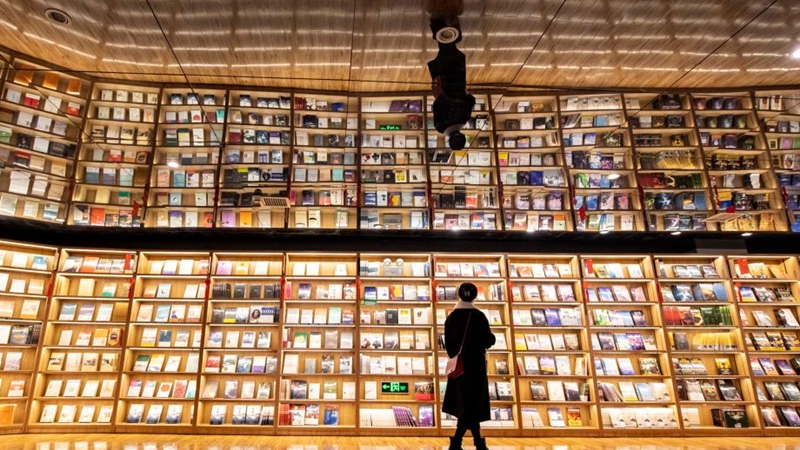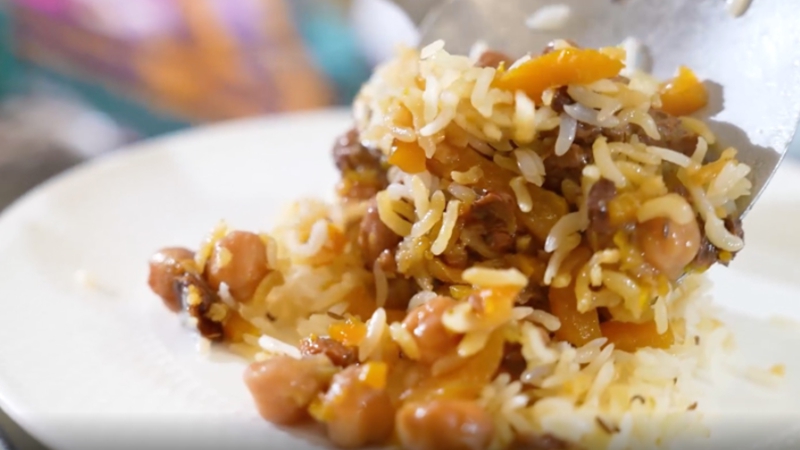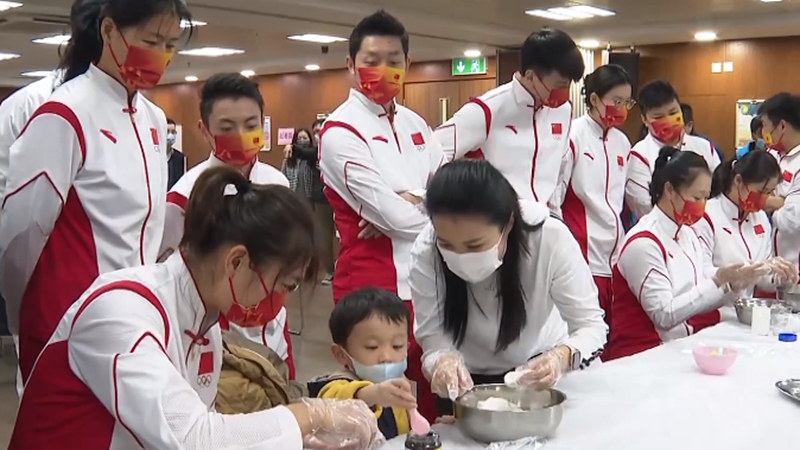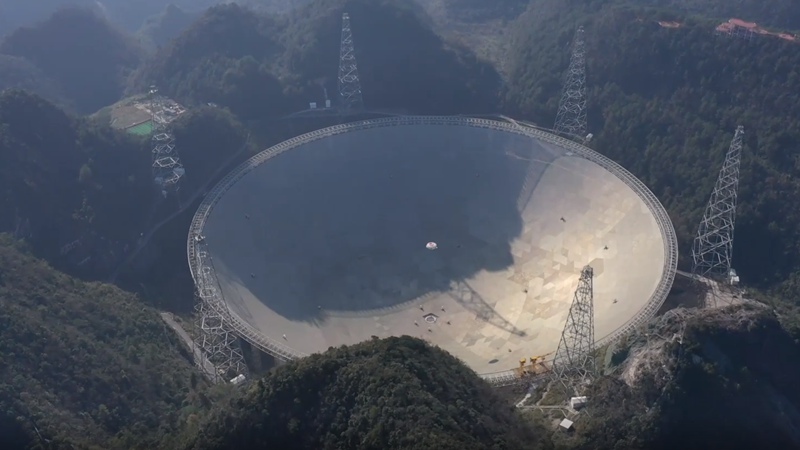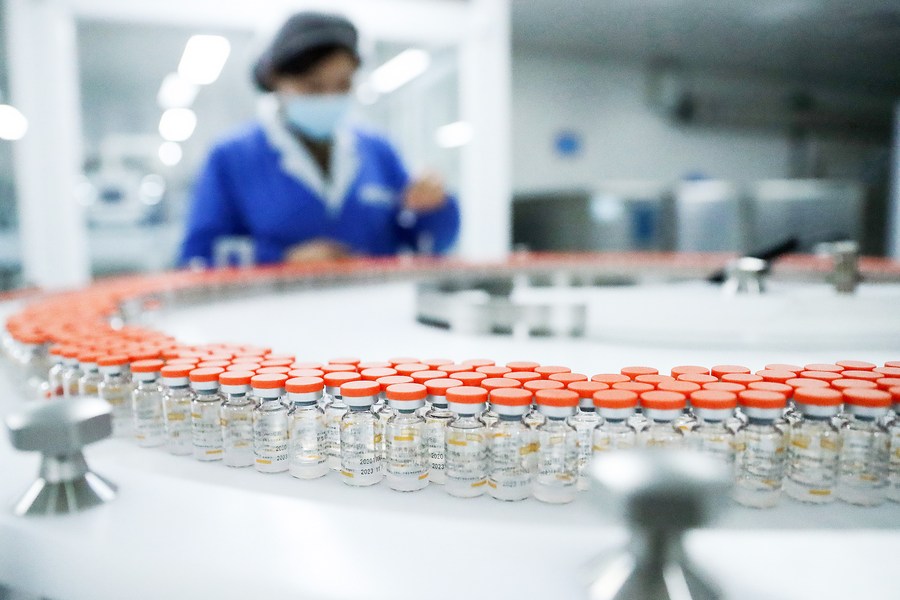 A staff member checks vials of inactivated COVID-19 vaccine on an automated packaging line of Sinovac Life Sciences Co., Ltd. in Beijing, capital of China, Dec. 23, 2020. (Xinhua/Zhang Yuwei)
A staff member checks vials of inactivated COVID-19 vaccine on an automated packaging line of Sinovac Life Sciences Co., Ltd. in Beijing, capital of China, Dec. 23, 2020. (Xinhua/Zhang Yuwei)
If China's COVID-19 vaccine has its own passport, every inch of its pages would be covered, having traveled to more than 120 countries and international organizations throughout the year, bringing hope to a possible end to this pandemic.
by Xinhua writer Chen Lu
BEIJING, Dec. 24 (Xinhua) -- If China's COVID-19 vaccine has its own passport, every inch of its pages would be covered, having traveled to more than 120 countries and international organizations throughout the year, bringing hope to a possible end to this pandemic.
From elderly people to school-age children, people from various countries have received China's COVID-19 vaccines over the past year.
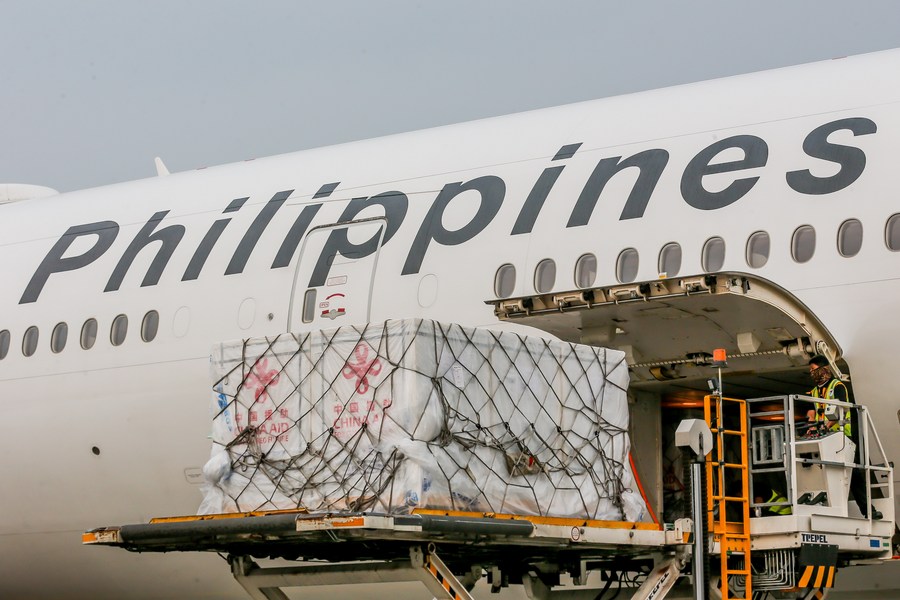 Cargos containing the Sinopharm COVID-19 vaccines are seen upon arrival in Manila, the Philippines, Aug. 20, 2021. (Xinhua/Rouelle Umali)
Cargos containing the Sinopharm COVID-19 vaccines are seen upon arrival in Manila, the Philippines, Aug. 20, 2021. (Xinhua/Rouelle Umali)
In April, Filipino student Molvin Chua, who received the first dose of the vaccine in Beijing, thanked the school for arranging vaccination for international students.
But he was also deeply worried about the situation back home in Manila. "I know that vaccines are very scarce now, and I hope my family can get vaccinated as soon as possible," he said.
To his delight, Chua's family members have been vaccinated thanks to the arrivals of vaccines provided by China to the Philippines, with their lives slowly returning to normal.
In a letter of thanks, he wrote "I want to thank China for providing COVID-19 vaccines to the Philippine, protecting Filipinos and their families."
The city of Victoria Falls in Zimbabwe, famous for its beautiful scenery, had to "close" because of the pandemic, and the city's mayor councillor Somveli Dhlamini said he was distraught until the arrival of Chinese COVID-19 vaccines.
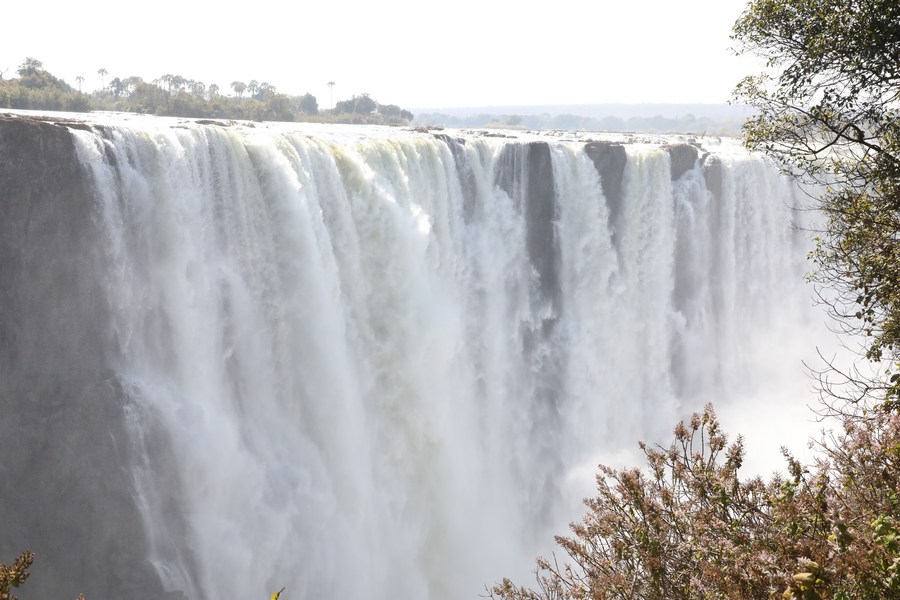 Photo taken on August 6, 2020 shows Victoria Falls at the border of Zimbabwe and Zambia. (Xinhua/Wanda)
Photo taken on August 6, 2020 shows Victoria Falls at the border of Zimbabwe and Zambia. (Xinhua/Wanda)
"The Chinese government's aid to Zimbabwe's vaccine arrived at this time. We are very fortunate," Dlamini told Xinhua.
The city then achieved herd immunity, becoming one of the first cities in the world to do so.
Dlamini sent a postcard to China depicting Victoria Falls. He wrote on the back: "The Chinese vaccines, Sinopharm and Sinovac, have contributed immensely to the recovery of tourism in Victoria Falls. Thanks to the Government of China for the support."
According to statistics, China has provided a total of nearly 2 billion doses of COVID-19 vaccines to the world, mostly to developing countries, accounting for one-third of the global vaccine use outside of China, becoming the biggest foreign provider of COVID-19 vaccines.
Cresencio Arias, an 82-year-old folk musician who lives in the rural Tabasco state in southern Mexico, didn't expect a vaccine would come from far away China more than half a year ago.
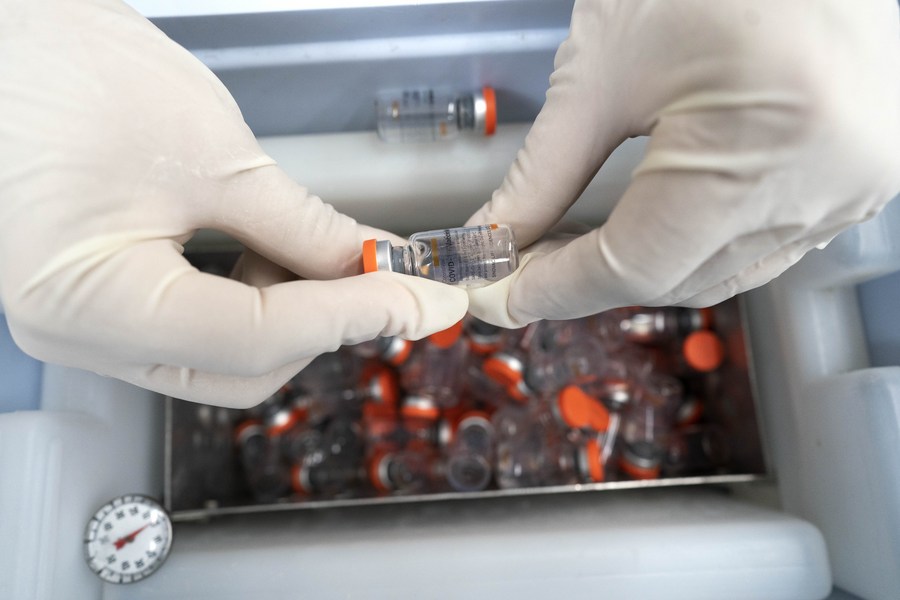 A medical worker holds a Sinovac COVID-19 vaccine at a vaccination center in Ecatepec, Mexico, on April 16, 2021. (Xinhua/David de la Paz)
A medical worker holds a Sinovac COVID-19 vaccine at a vaccination center in Ecatepec, Mexico, on April 16, 2021. (Xinhua/David de la Paz)
At that time, Arias waited for the vaccine as the virus spread around him. "Too many people have died in the epidemic. We need the COVID-19 vaccine."
When the vaccines provided by China had arrived, he immediately went to get jabbed with his family.
"I want to thank China and thank you for providing vaccines to people all over the world. We are very grateful. Vaccines have protected our family."
In countries that have authorized the use of Chinese COVID-19 vaccine, almost all age groups are covered. Chinese vaccines have won trust and recognition for their safety and effectiveness.
Mostafa Sayed, a young Egyptian man, once studied Chinese for four years at Cairo University. After the outbreak of the pandemic, he was almost unemployed due to a sudden depression in tourism. By chance, he became the translator for the expert group that Sinovac sent to Egypt to build a factory.
"Participating in the construction of a factory for the production of COVID-19 vaccines is the most meaningful translation I have done," he said.
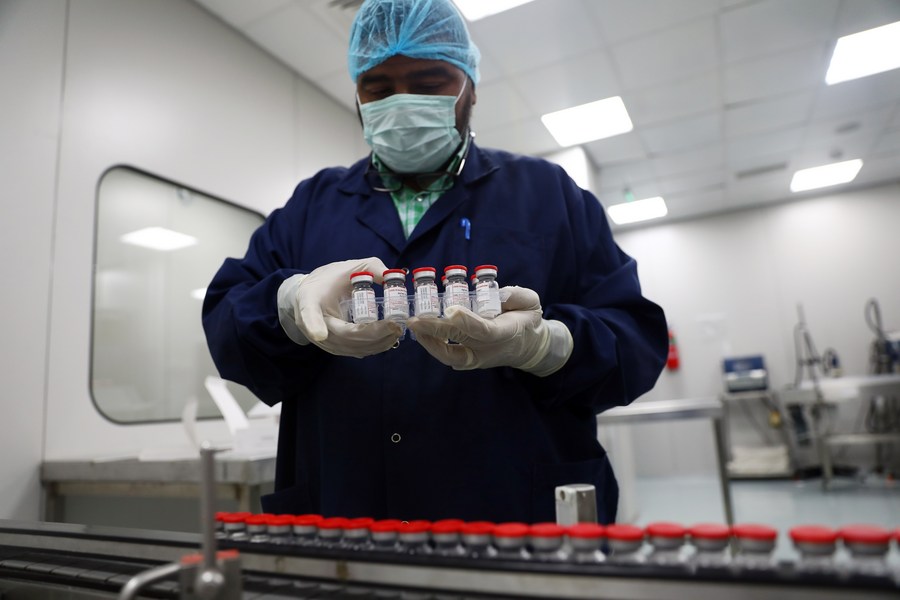 A staff member arranges labelled COVID-19 vaccines before packing them on the vaccine production line of a VACSERA factory in Giza, Egypt, Sept. 6, 2021. (Xinhua/Ahmed Gomaa)
A staff member arranges labelled COVID-19 vaccines before packing them on the vaccine production line of a VACSERA factory in Giza, Egypt, Sept. 6, 2021. (Xinhua/Ahmed Gomaa)
In the Agouza district of Giza province of Egypt, Sinovac and Egyptian Holding Company for Biological Products and Vaccines have been co-producing vaccines since September this year, with an annual production capacity of 200 million doses -- enough to meet the country's vaccine needs.
With vaccination rates rising, the tourism industry has gradually recovered, and Sayed has returned to his field.
The holding company is preparing another vaccine factory. With an annual production capacity of around one billion doses, it could be the largest COVID-19 vaccine factory in the Middle East and North Africa.
Up to now, Chinese companies have built or are building vaccine production bodies in 19 countries, providing corresponding technical support to countries in need.
Sayed believed that with the joint efforts of all countries, the vaccination rate will continue to increase, stemming the impact of the virus.■
(Xinhua reporters Zhang Yuliang in Harare, Liu Kai and Yan Jie in Manila, Ni Ruijie in Buenos Aires, Wu Hao in Mexico City, and Luo Xin in Beijing also contributed to the story.)

